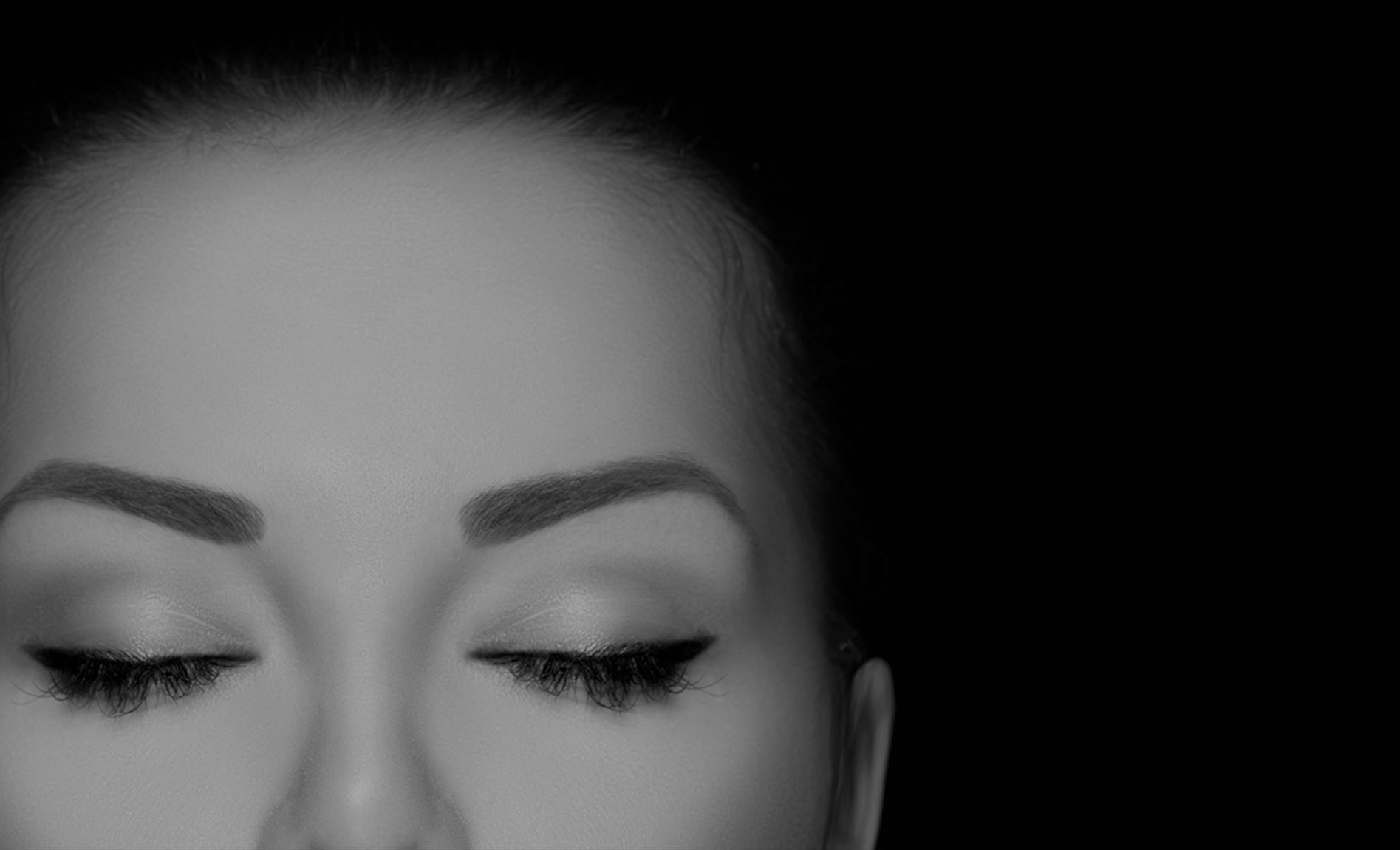Eyelid Surgery - Blepharoplasty
The eyelids are one of the first areas of the face to show changes with ageing. Most commonly this occurs with drooping upper eyelids or puffiness of the lower eyelids, giving a tired appearance.
Blepharoplasty is an operation designed to remove excess skin folds and bulging fat bags. It rejuvenates the upper part of the face, making you look fresher and more relaxed, and feeling more self-confident. Blepharoplasty is often combined with a browlift to lift sagging eyebrows or a facelift or necklift to improve the lower part of the face.
Blepharoplasty is a commonly performed procedure with a very high degree of patient satisfaction and low risk of complications.
Eyelid Surgery - Lower
What Causes Eyelids to Change?
The skin on your lower eyelid is very thin, especially toward the center of your eye. A layer of muscle is located just beneath the eyelid skin and is separated from the fat by a thin tissue membrane, called the orbital septum. Muscle layers and the orbital septum weaken and sag with age and fat deposits shift in response to weakened tissues, causing puffiness and bags under the eyes. In addition, changes occur in the skin itself. The collagen and elastin that provide support to the skin break down over time, causing the skin to lose elasticity and become lax.
Procedure Variations
There are two variations of the procedure for removing or repositioning fat deposits from beneath the eyes: outside and inside lower eyelid surgery. For those who have excess skin beneath the eyes, the outside lower eyelift, also called transcutaneous lower blepharoplasty, is appropriate. This variation is performed with incisions on the outside of the lower eyelid and removes excess skin and sometimes muscle tissue in addition to fat deposits beneath the eyes. An inside lower eyelid lift, also called transconjunctival blepharoplasty, involves a single incision inside the eyelid in the thin membrane that lines the inside of the eyelid, called the conjunctiva. This procedure is appropriate for patients with fatty deposits and little or no excess skin in the lower eyelids.
Preparation
Lower eyelid surgery is most commonly performed under general anesthesia, which causes you to sleep during the procedure.
Alternatively, you may be given local anesthesia with sedation, in which the eyelids and surrounding areas are numb and you are relaxed but may not be asleep. Protective, plastic shields, similar to contact lenses, may be applied to your eyes.
Outside Lower Eyelid Procedure
During an outside lower eyelid procedure, incision guidelines may be drawn just beneath the eyelashes of the lower eyelid to ensure that the resulting scar will be as inconspicuous as possible. Your surgeon will make an incision and expose the underlying muscle. Another small incision will be made in the muscle layer and the skin and muscle will be separated from the underlying orbital septum. Your surgeon will carefully open the orbital septum to expose the three orbital fat deposits of the lower eyelid. These fat deposits will be removed or repositioned to reduce puffiness under the eyes. Finally, excess skin and, if needed, small portions of muscle are removed from the outer eyelid to eliminate bags under the eyes, and the incisions are closed with either absorbable or non-absorbable sutures.
Inside Lower Eyelid Procedure
The inside lower eyelid procedure consists of an incision inside the lining of the lower eyelid. Mr Kassam will gently pull the lower eyelid away from the eye and make a small incision in the conjunctiva, exposing the three orbital fat deposits. Each fat deposit will be removed to reduce puffiness under the eyes. Your surgeon may choose to close the incision with sutures, but sutures may not always be necessary.
Recovery and Results
You can expect to experience some pain, bruising, and swelling after the procedure, and Mr Kassam will recommend cold compresses or pain medication to help make you as comfortable as possible. You should avoid strenuous activity, such as heavy lifting or exercise, to allow your body sufficient time to heal. If absorbable sutures were used, they do not need to be removed and will dissolve on their own. Any non-absorbable sutures are typically removed in five to seven days, and you will begin to notice an improvement in the bruising around your eyes in seven to ten days. Lower eyelid surgery will not stop your eyes from aging, but will reduce puffiness and bags from beneath your eyes. The results are usually very long-lasting and will brighten your eyes to the rested, youthful appearance you desire.
MidFace Lift
Additional procedures such as a mid-face lift can be performed via the lower blepharoplasty incision. This is sometimes termed the short scar midface lift. This is performed in case of midface sagging and cheek descent. A midface face lift can be very effective in restoring the continuum between the cheek and the eyelid.
Additional procedures such as a mid-face lift can be performed via the lower blepharoplasty incision. This is sometimes termed the short scar midface lift. This is performed in case of midface sagging and cheek descent. A midface face lift can be very effective in restoring the continuum between the cheek and the eyelid.
- Midface Lift :In cases of midface sagging and cheek descent, a disjunction of the eyelid cheek interface is observed. A midface lift can be very effective in restoring the continuum between the cheek and the eyelid. .A midface lift may also be performed if desired and can be very effective in restoring the continuum between the cheek and eyelid
Phone
07866807608 or 07956229992
The Harley Street Clinic
35 Weymouth Street
London
W1G 8BJ
London W1G 9QJ,
Clinics Hours :
Alternate Wednesdays 9am-1pm
Remote clinics : Monday - Thursday 6PM - 8pm
London Independent Hospital
1 beaumont square, Stepney, London, E1 4NL
Clinics Hours :
Alternate Fridays 9am - 2pm
Remote clinics : Monday - Wednesday 6PM - 8pm

